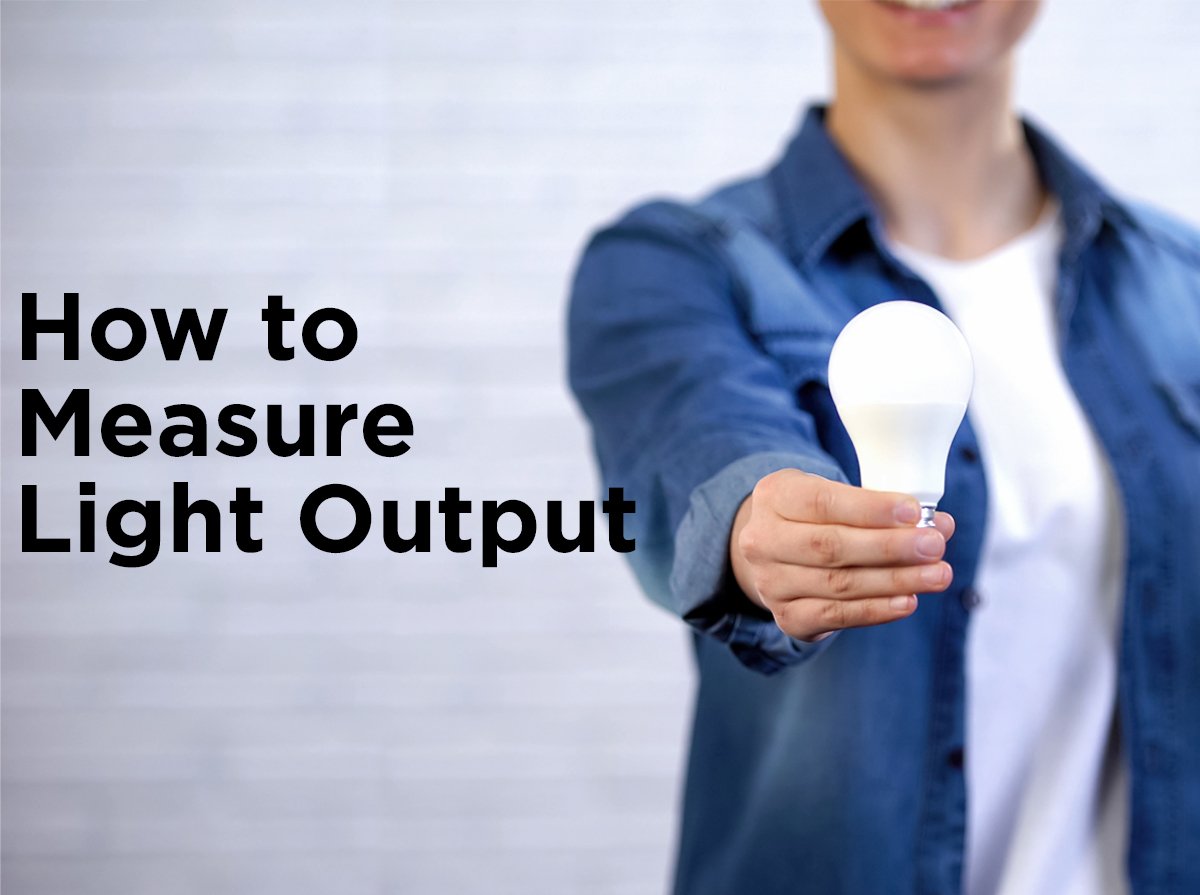How to Light a Basketball Court
Whether you’re scoring the last minute game-winning lay-up or just shooting some b-ball outside the school, seeing the court, and the players on it, is critical. A lot of thought and math goes into the best practices behind basketball court lighting. With the NCAA Championship game right around the corner, we’re shedding light on what it really takes to light a basketball court.
The Footcandles
Official sport lighting standards are measured in footcandles, which indicates how much illumination you have per square foot. How bright your court needs to be really depends on two factors: who’s playing and who’s watching. Your 8-year-old nephew’s elementary league only requires about 50 footcandles, while the local high school needs 75.
College basketball games are where the numbers get a little tricky. Normal everyday games need substantially less light than the televised games. Because they’ll be nationally broadcasted, the upcoming March Madness semi-finals and finals will need even more. The Championship game will need a whopping 125 footcandles.
Most basketball courts base their lighting on a 10x10 foot grid. Smaller courts have lighting layouts that are pretty similar. The chart below shows the difference between a high school (green) and a regionally broadcast college (orange) sample light fixture layout and the grid they’re based on. Don’t forget the coaches and benchwarmers need some light as well, so be sure the sidelines are lit too.
Larger colleges with bigger gyms and budgets have a lot more freedom when it comes to fixture placement. As long as the light meter is picking up the minimum amount of light in each square, the layout isn’t as important.
The Fixtures
The players and spectators also affect the type of fixtures used above the court. With few exceptions, metal halide fixtures or LED fixtures are the best type of light for college basketball courts. These types of lights produce more Lumens per Watt than other technologies making them essential for television broadcasts since cameras need more light than the human eye to accurately pick up color and motion. Plus their capability for high color rendering (CRI) is a major bonus. For smaller courts where CRI isn’t too important like high schools or rec leagues high pressure sodium fixtures are a good alternative, especially if the initial budget is too limited for MH lamps or LEDs.
Typically you’ll want fixtures with parabolic reflectors to help diffuse the light so the teams and their fans won’t be blinded. It’s recommended that fixtures are mounted 3 to 4 feet from the ceiling. Since the standard ceiling height for gyms is 25 feet, the fixtures would be mounted 21 to 22 feet above the gym floor for optimal lighting. Also be aware that athletes occasionally don’t realize their own strength, so using die cast aluminum fixtures mounted with safety chains is for the best. That way the fixtures can swing instead of crash to the ground when hit by the ball.
Outdoor basketball courts don’t need lighting levels as high as their indoor equivalents. This is because the dark sky backdrop helps provide a greater contrast. Three or four shoebox fixtures mounted on poles on either side of the court is all you really need.
Could your basketball court use an upgrade or is your setup already a slam dunk? Tell us about it in the comments section below and be sure to follow us on Facebook, Twitter, LinkedIn, or Pinterest for more lighting tips and techniques.








